Table of Contents
- The Current Landscape of Educational Software
- Types of Educational Software
- Benefits of Educational Software
- Key Challenges in Educational Software Development
- Technical Challenges
- Pedagogical Challenges
- User Experience Challenges
- Financial and Logistical Challenges
- Perspectives on Addressing Challenges
- Collaborative Development Approaches
- Engaging Technological Solutions
- Policy and Regulation
- Funding of Institutes
- Accessibility Solutions
- Conclusion
The IT world is swiftly revolving, entering into every domain of our lives. Whether it is business, offices, homes, kitchens, supermarkets and the gaming industry; we are seeing technology in every aspect of our lives. It is changing how we interact with our society and perform various tasks around us.
Among these industries, technology has also entered into our educational domain. EdTech tools are the new revolution in our educational institutes that are changing our ways of learning and teaching.
These EdTech tools are of various types and perform different tasks. Different educational stakeholders such as parents, teachers, schools and students are getting benefits from it in various ways. What are the benefits and challenges associated with educational software? Let's discuss it in this blog.
The Current Landscape of Educational Software
It may seem that technology has just entered into the educational field. But, it is not true. Technology is everything that involves science and practical application of it. The chalkboard and the overhead projector are examples of it. When these innovative technologies entered the classroom, the US Department of Education found that high school enrollment was only 10 percent in 1990 and increased to 95 percent by 1992.
The United Kingdom introduced the 1944 Education Act that introduced secondary technical schools. In 1963, the Vocational Education Act in the US provided grants to improve and develop vocational-technical education programs.
In the 1990s and 2000s, the Internet and desktop computers became widely famous in the classroom. But, educational software became famous during Covid 19. More than 1.3 billion children in various countries faced closed schools and colleges in that era. So, distance learning was a need at that time. In that year, a lot of software was introduced in the educational sector.
In 2019, the investment in educational software was only 18.8 billion dollars. But, within a few months in the Covid era, it reached new peaks. Quizlet, MyBuddy.ai, Niche, Masterclass, Course Hero, Udemy, Duolingo, ApplyBoard, and Edsight raised a total of 307 million dollars. A lot of educational software types came into the market.
Types of Educational Software
Online Learning Platforms: These platforms offer MOOCs or open-source courses to students so that they can learn at their own pace. These courses are from renowned institutes around the globe. Udemy, Khan Academy and Coursera are some examples of it.
Virtual/Augmented Reality: These technologies allow students to learn complex topics of history and science through digital simulation. They can virtually visit different places from their homes or classrooms to learn concepts in a fun way. For example, MEL Science kits and apps contain virtual and augmented reality aspects for young kids and teenagers.
Learning Management System: Software platforms like Moodle, Schoology and EVERFI allow schools, teachers and corporations to share content and assessments with students. It allows them to add multimedia aspects in the classroom and do management tasks with ease.
Educational Tools: Various educational tools enhance the productivity, soft skills and technical skills of students and teachers. For example, GetZing, Monic AI, Motion Calendar and Easynote enable you to manage your tasks and enhance your academic skills in various ways.
Gamification Tools: Gamification is a new trend in the education department. A lot of studies found that these tools are beneficial in keeping kids motivated during the study and they enhance their learning. Kahoot and Quizlet are examples of these tools.
Tutoring Tools: You can get online and offline tutors through different software. Preply is a prominent example in it.
Assessment Software: Various assessment software gauge students’ abilities and knowledge. They provide real-time feedback to students so that they can perform better in the future.
Mobile Device Management Software: This software enables managing and securing mobile phones within any institute. You can monitor the device usage, troubleshoot technical issues and tracking of assets.
Benefits of Educational Software
Individualized Learning: Educational software enables teachers to design curriculum and activities according to the personal preferences of students. These software have various multimedia content and tools to meet the needs of kinesthetic, visual, auditory and linguistic students.
Availability: It enables learners of various backgrounds to access education without any constraints. Online learning platforms have enabled underprivileged students to access courses and information.
Improved Retention: Educational software enables students to understand and retain information effectively. For example, Monic AI has a spaced repetition feature that enables students to retain information for a long time.
Enhance Engagement: Multimedia content and gamification software in the classroom attract the attention of students and they are more willing to engage.
Cost Efficiency: Educational software is effective for educators and students because it saves them money on traditional classroom materials and resources.
Key Challenges in Educational Software Development
Technical Challenges
There are various types of technical challenges that software developers can face while designing educational software. The one is keeping UI simple and technology accessible because it is going to be used by students of different age groups. There can be data privacy issues too because these software collect sensitive data from students.
Moreover, there is a digital divide among students as some have access to limited internet, computers or mobiles. Moreover, trends in the education field keep changing so educational software should be updated to meet the latest needs of students.
Pedagogical Challenges
The educational software should be able to teach the material effectively. The software developer should be able to understand different pedagogy techniques that work best in a digital environment. Moreover, students may get bored in the digital classroom. So, the software should contain various aspects that can keep students engaged in the classroom.
User Experience Challenges
There are young kids, teenagers and adult students who have to use educational software. There are students with physical and learning disabilities who need to use educational software.
Financial and Logistical Challenges
Every school doesn't have the budget to buy educational software, implement and maintain it. Moreover, their teachers and students also need training to use these tools effectively. So, this training also requires budget and time.
Perspectives on Addressing Challenges
Collaborative Development Approaches
Software development agencies should collaborate with teachers to solve pedagogical challenges. They both should work together to identify pedagogical approaches and how to implement them through the software. Agencies can conduct research or interviews with various educators before designing the software. After designing it, they can give it to teachers for experimental purposes.
Engaging Technological Solutions
To solve the problem of low engagement from students, developers should introduce engaging technical tools. For this, they can use AI and machine learning to create personalized curricula. This curriculum will meet the needs of students and they will be more than eager to learn.
Moreover, the introduction of AR and VR in the classroom management software will also keep students engaged. This would be a new experience so they will be more than willing to learn. With it, gamification aspects should be in the software. Khan Academy Kids and Kahoot have used this feature and saw a rise in engagement and learning in the students.
Policy and Regulation
For the protection of students’ privacy, the government should develop a standard and rules for software developers. Software agencies should also keep all the moral and privacy aspects in mind while creating the security aspect of their software. Educational institutes should also test the software for privacy aspects before implementing it in the classroom.
Funding of Institutes
To solve the financial issues, NGOs and the Government should fund Institutes so that they can implement educational software in the classroom. Community hubs should introduce training related to edTech tools so that students and teachers can learn the use of it and get the essential training.
Accessibility Solutions
Software developers should follow the Web Content Accessibility Guidelines. They should test their software with different age groups students and learners with learning disabilities to know their feedback. Then, they can adjust their software according to their experience.
Moreover, they should keep the technology infrastructure light so that it can be used on various devices and with limited internet. Offline availability would also be a plus for underprivileged students.
Conclusion
There is a famous quote from Nelson Mandela, “Education is the most powerful weapon that you can use to change the world”. Software developers can follow this quote by introducing high-end educational software and tools for students and teachers. This software can enhance engagement, inclusivity and accessibility of education for students. In this journey, software developers and other educational stakeholders can face various issues too. But, if they would tackle them with wisdom, they could revolutionize the education field.







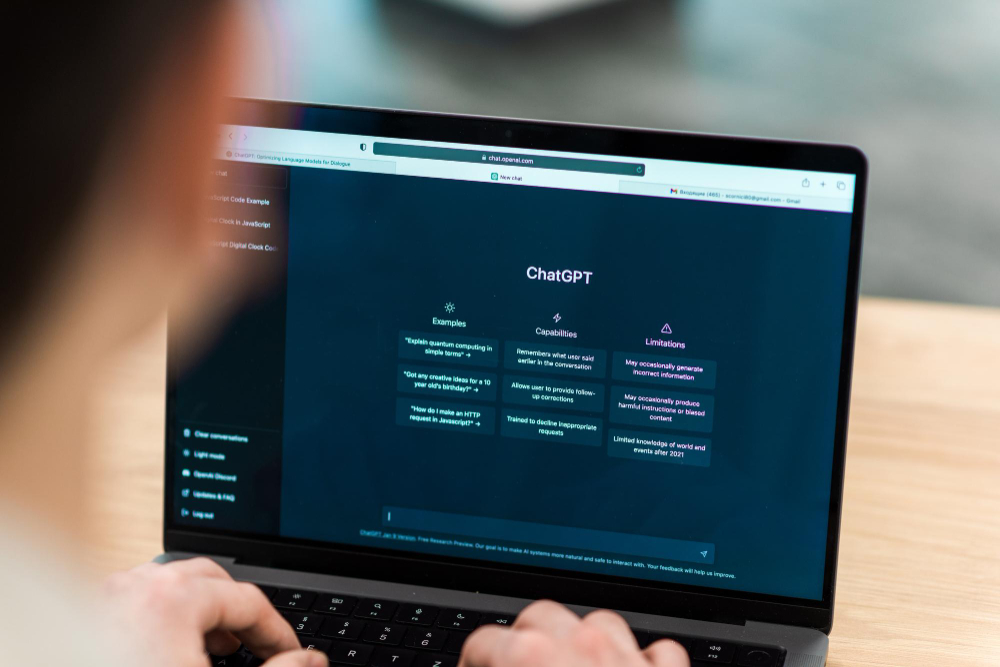









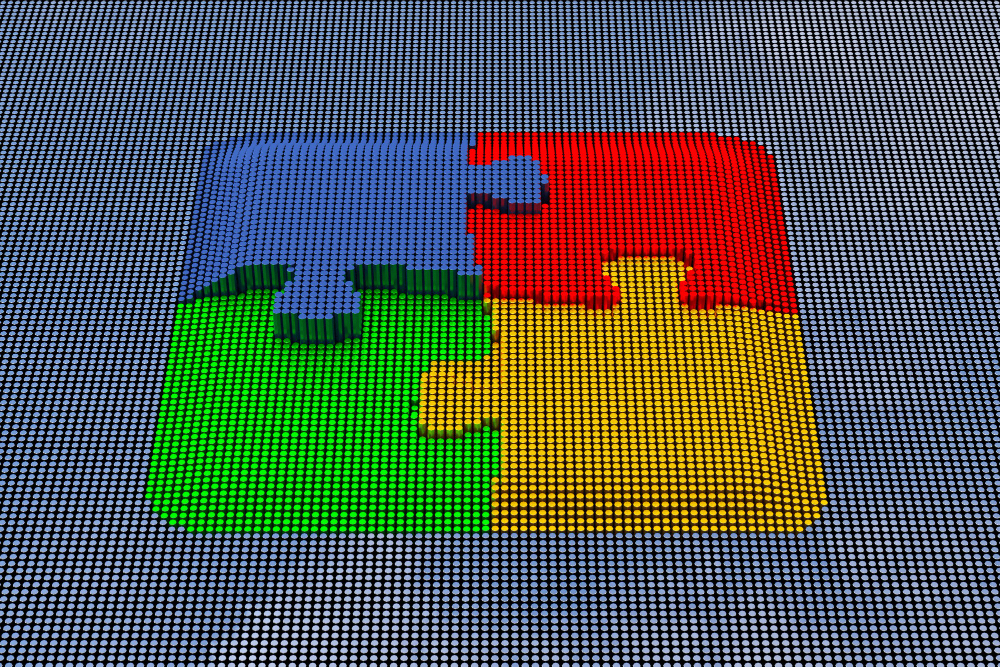


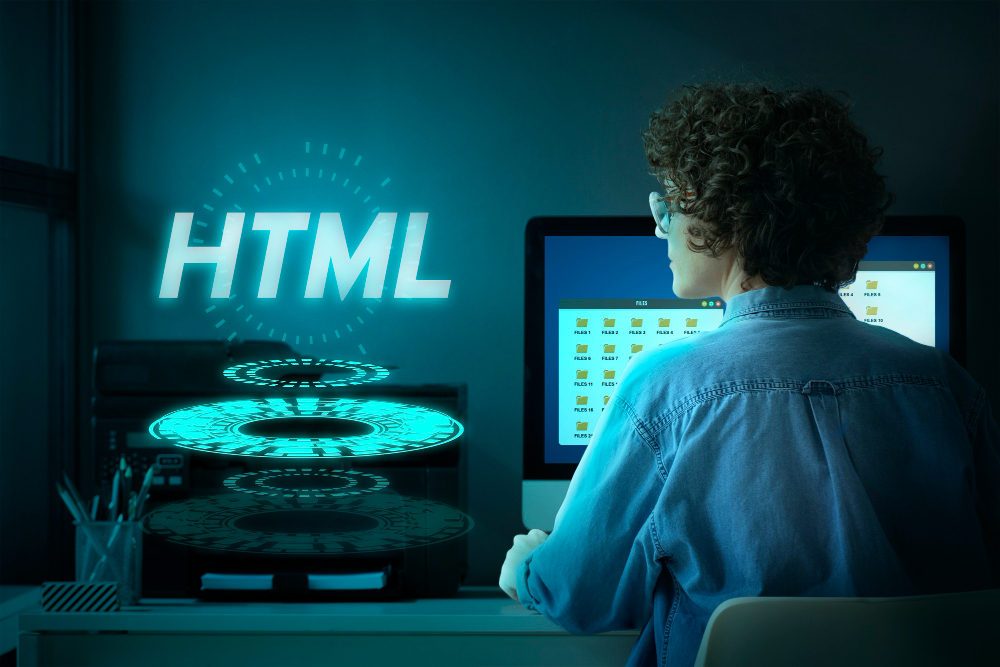


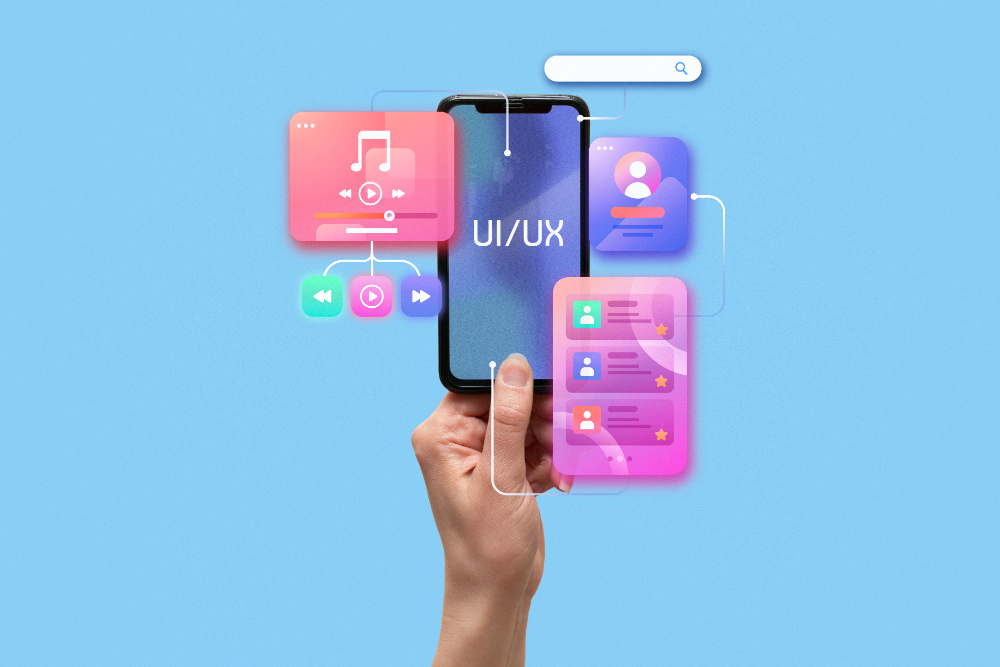



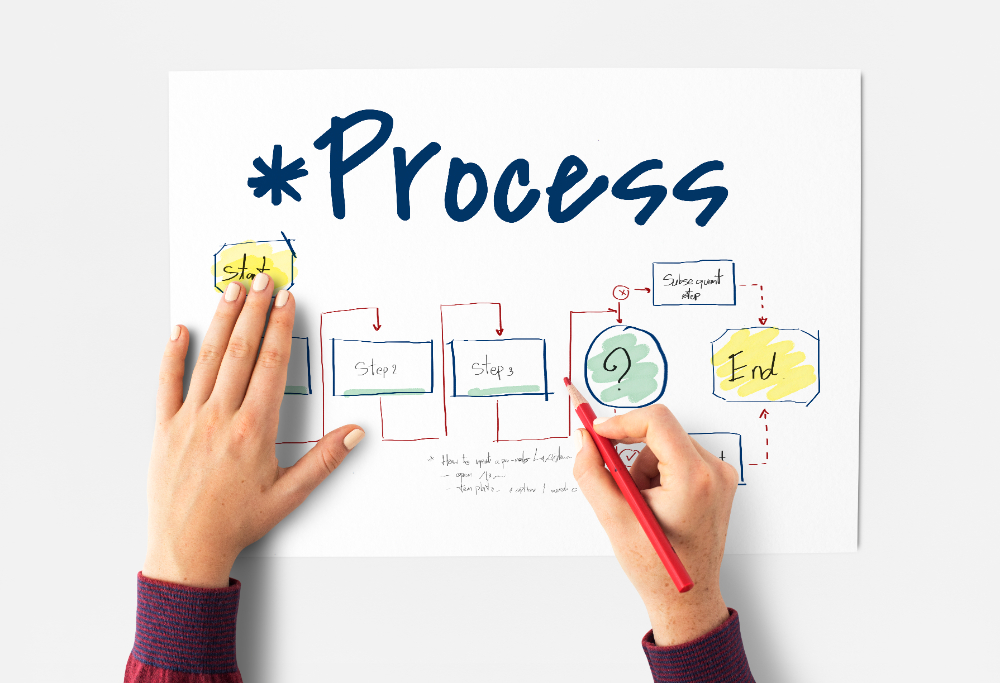



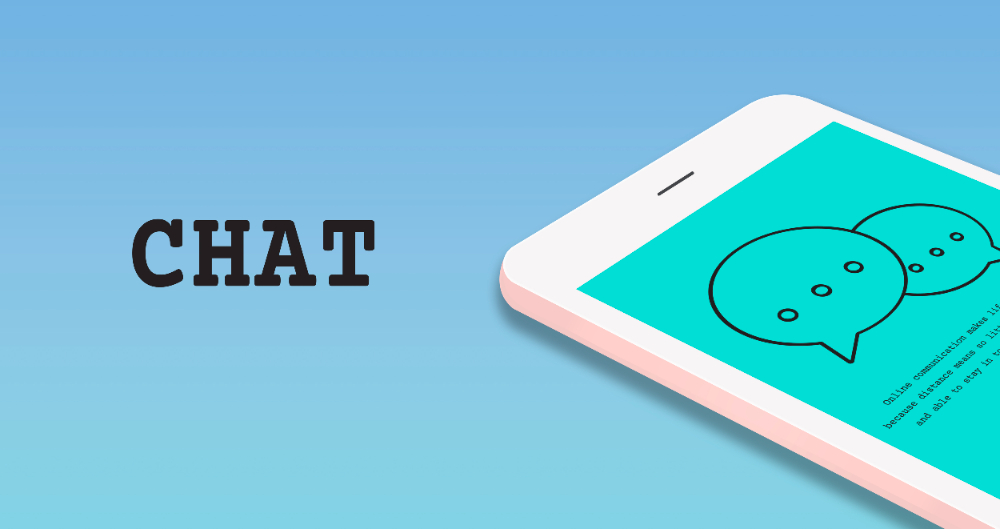

Comments are closed.